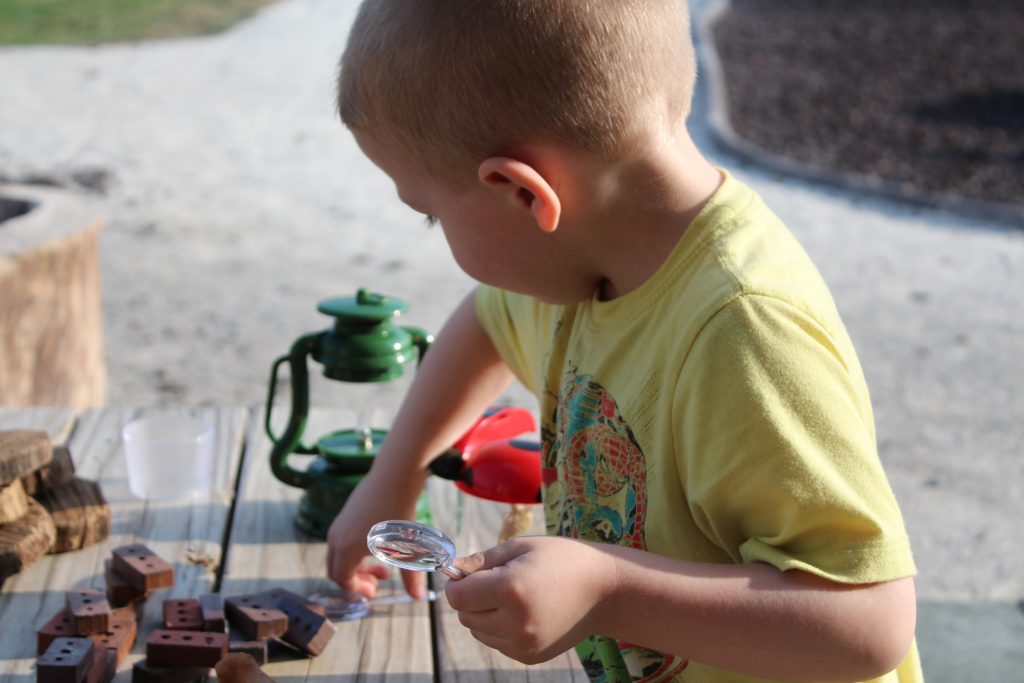What is STEM?
STEM stands for Science, Technology, Engineering and Maths. While traditionally these subjects are taught as silos, none of them work in isolation. STEM is an integrated approach to learning and development in these areas which helps students develop a range of skills such as:
- problem solving
- creativity
- critical analysis
- teamwork
- independent thinking
- initiative
- communication
- digital literacy
This is because STEM emphasises project-based learning, linked to real-world applications. Which makes sense as STEM is an integral part of our everyday life as we live in an increasingly technologically driven world.
Why should we encourage STEM at home?
Research tells us that the home environment is a greater predictor of academic success than formal schooling. To ensure our children’s engagement in learning, parents need to take a primary role.
A study by the University of Chicago found that brief, high-quality parent-child interactions about math at home helped improve student results. Interestingly, improvements were most dramatic in families where the caregivers reported themselves to be anxious about math.
Just as reading everyday increases children’s literacy and related skills, exploring STEM with your child at home can help foster the above skills, as well as a passion for learning and discovery.
 Exploring how things work, engaging senses, learning cause and effect are all great benefits from STEM for all ages. You don’t have to be a rocket scientist or nuclear physicist yourself to bring STEM into the home. By enjoying learning together with your child, you will encourage them even more so.
Exploring how things work, engaging senses, learning cause and effect are all great benefits from STEM for all ages. You don’t have to be a rocket scientist or nuclear physicist yourself to bring STEM into the home. By enjoying learning together with your child, you will encourage them even more so.
In fact, you probably already do STEM in the home without even realising! If you’ve ever helped your child build the highest tower possible out of blocks, constructed a marble run, made slime or even baked together, these are all STEM activities!
Here are some other great ideas for STEM activities to do at home:
28 Days of Hands-On STEM Activities for Kids
Of course, it is also great to take STEM learning outside the home with visits to museums, science centres or even a trip to the beach. Discussing what you see and prompting them to ask What, Why, How? questions is a great way to encourage their natural curiosity.
All these things can help foster your child’s love of learning, paving the way for success academically and beyond.

